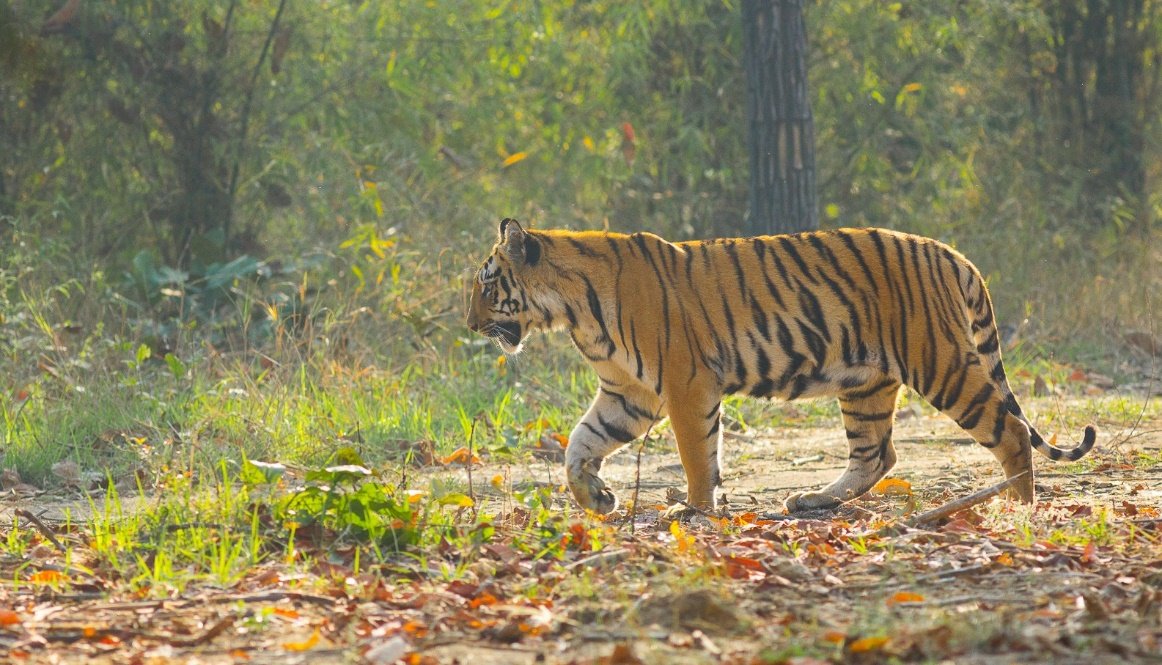The government has merged the funds for two of the major animal conservation schemes in India — Project Tiger and Project Elephant — and states will be asked to send a common annual plan of operations starting this financial year, officials have said.
India is celebrating the completion of 50 years of Project Tiger and 30 years of Project Elephant this year.
The administrative setup for Project Tiger and Project Elephant will continue as it is. Only the funds will be provided under a common head. There will be only one Annual Plan of Operations for the two schemes against two APOs earlier, they said.
The decision will allow effective integration and efficient utilisation of resources, smoothen the process of disbursal of funds, save time and prevent duplicacy, a senior official in the environment ministry said.
“Eighty percent of the area covered under two schemes is common. Overlapping happens due to the presence of tigers and elephants in the same habitats,” one of the officials quoted above told PTI.
“At present, the states send separate APOs for the same area under Project Tiger and Project Elephant. There are chances of overlapping. Now, only one APO will be there. The administrative setup for the two schemes will continue to exist separately. Only the funding has been merged,” another official said.
The erstwhile Planning Commission had also proposed the merger of three centrally sponsored schemes — Project Tiger, Project Elephant and Development of Wildlife Habitat — in 2011.
Download Nagaland Tribune app on Google Play

President Droupadi Murmu will inaugurate a two-day “Gaj Utsav” on April 7 in Assam’s Kaziranga National Park to commemorate the successful completion of 30 years of Project Elephant.
India launched Project Elephant in 1991-92 as a centrally sponsored scheme to protect elephants, their habitats and corridors, prevent human-elephant conflict and to ensure the welfare of captive elephants in India.
India accounts for more than 60 percent of the global wild elephant population. These are distributed majorly in southern and northeastern India, east-central and northern regions.
Prime Minister Narendra Modi will release the latest tiger census data at a mega event on April 9 in Mysuru in Karnataka.
The prime minister will also release the government’s vision for tiger conservation during ‘Amrit Kaal’ and a commemorative coin.
India launched Project Tiger on 1 April 1973 to promote tiger conservation. Initially, it covered nine tiger reserves spread over 18,278 sq km.
At present, India has 53 tiger reserves covering more than 75,000 sq km (approximately 2.4 per cent of the country’s geographical area) of tiger habitat.
With a current population of about 3,000 tigers, India is home to more than 70 per cent of the global wild tiger population and their number is increasing at six per cent per annum.
Countries with tiger populations — India, Bangladesh, Bhutan, China, Cambodia, Indonesia, Laos, Malaysia, Myanmar, Nepal, Russia, Thailand and Vietnam — in 2010 committed to doubling their number of big cats by 2022.
India met its target in 2018, four years ahead of schedule.

